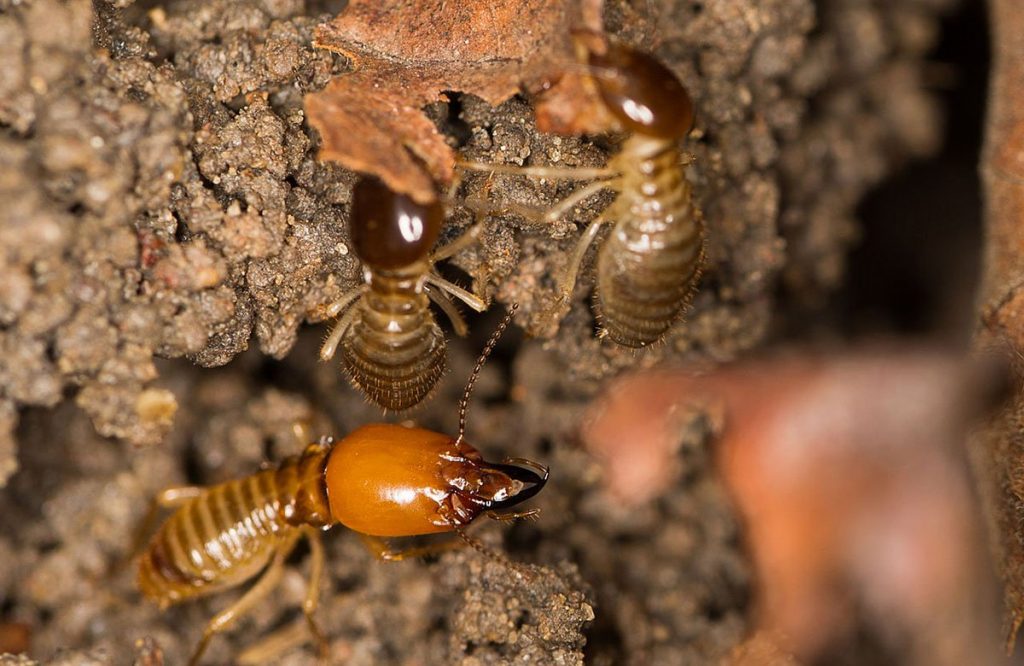Termites are an often overlooked but incredibly important species of insect native to Africa. They play an essential role in the environment, and are an integral part of the African ecosystem. In this article, we’ll explore the mysterious world of termites and discover their impact on the environment.
Types of Termites in Africa
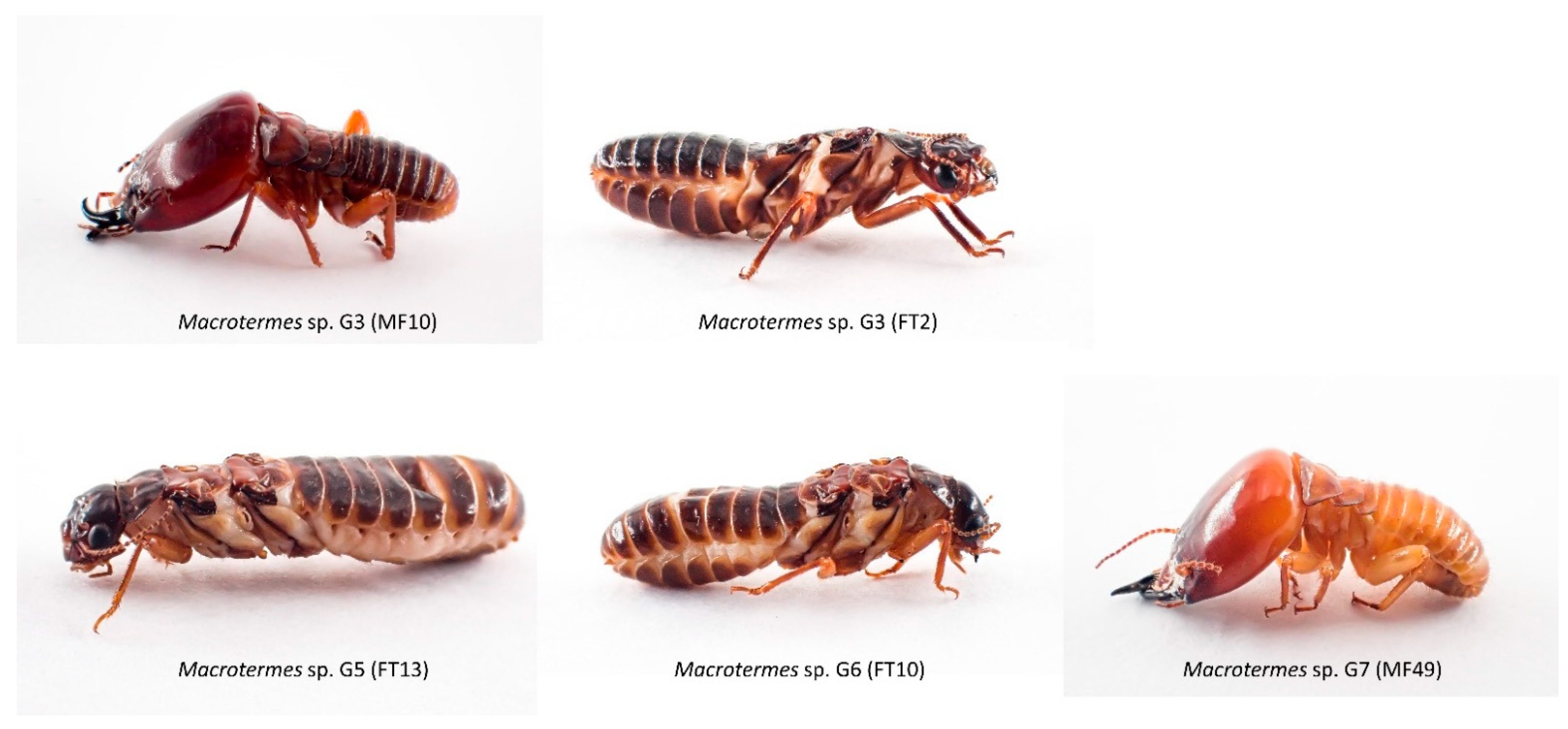
1. Subterranean Termites
Subterranean termites are the most common species in Africa and live in large colonies underground. They need access to moisture and feed on wood, paper, fabric, and other organic materials. To build their colonies, they construct mud tubes to travel between the nest and their food sources.
2. Drywood Termites
Drywood termites are found in warm and dry climates across the African continent. They don’t need a lot of moisture and live inside the wood they’re eating, which makes them difficult to detect. They can cause significant damage to structures if left untreated.
3. Dampwood Termites
Dampwood termites are found in tropical and subtropical regions of Africa. They feed on damp or decaying wood, and can enter structures through contact with soil. They form small colonies and are not as destructive as other types of termites.
Habitat and Distribution of Termites in Africa
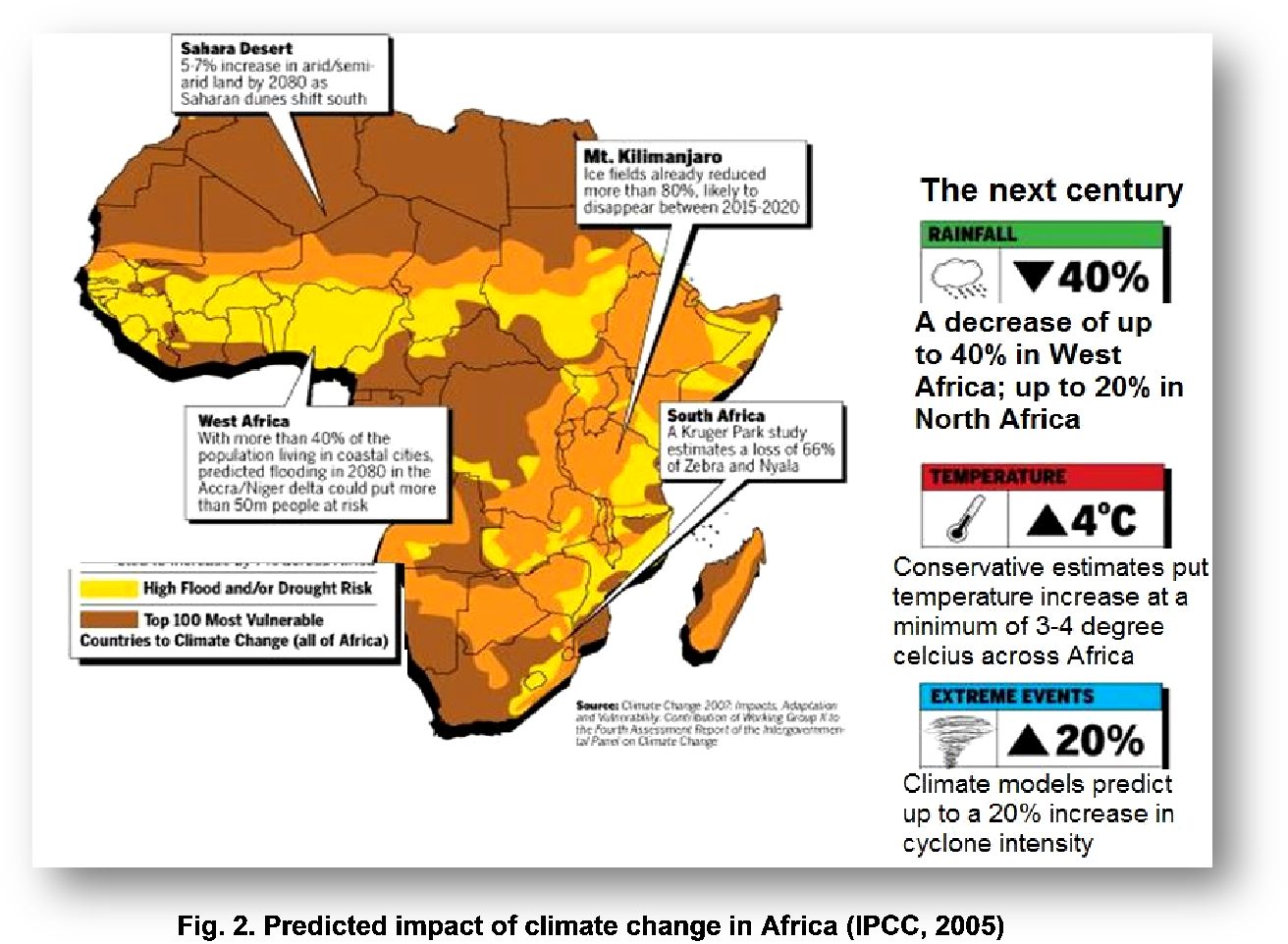
Termites are found in tropical and subtropical regions of Africa and are widely distributed throughout the continent. They inhabit a variety of habitats, including savannah, grasslands, forests, mangroves, and deserts. In some areas, they are considered pests, while in others they play an important role in the ecosystem.
Termites are most abundant in East and West Africa, where they can be found in high numbers in the dry season. They are also found in Central and Southern Africa, although their populations are not as high as in other regions. In northern Africa, termites are less common but may be found in the savannah regions of Algeria, Tunisia, and Morocco.
Termites typically live in underground colonies, with workers and soldiers creating intricate networks of tunnels. Some species build mounds aboveground, which can reach up to 3 feet (1 meter) in height and are made of soil and feces. The colonies may contain up to several million individuals.
Termites feed on dead and decaying wood and grass, and can cause significant damage to buildings and other structures. They can also be beneficial to their environment, as they aerate and improve soil quality, and provide food for other animals.
In Africa, termites are managed and controlled using a variety of methods, including baiting and chemical treatments. Natural predators, such as ants and birds, also help reduce their populations.
Damage Caused by Termites in Africa
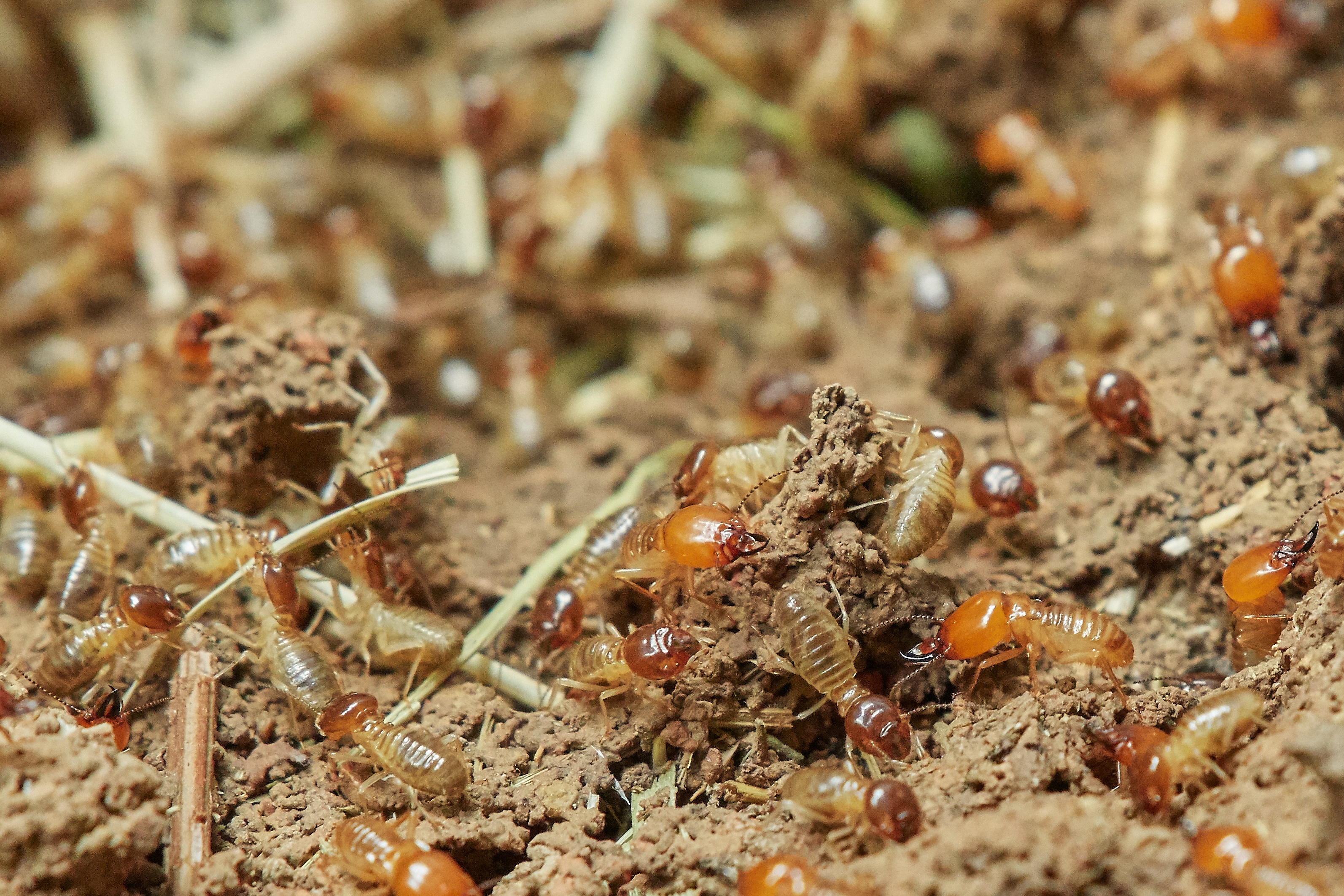
- Destruction of crops, including maize, sorghum, millet, and wheat.
- Destruction of timber and wooden structures, such as buildings, furniture, and fences.
- Damage to paper and other cellulose materials, such as books and clothing.
- Damage to electrical wiring, plumbing, and other utilities.
- Contamination of stored food products with termite droppings.
- Soil erosion due to the destruction of underground tunnels.
- Excessive noise and vibrations due to termite activity.
Prevention and Control of Termites in Africa
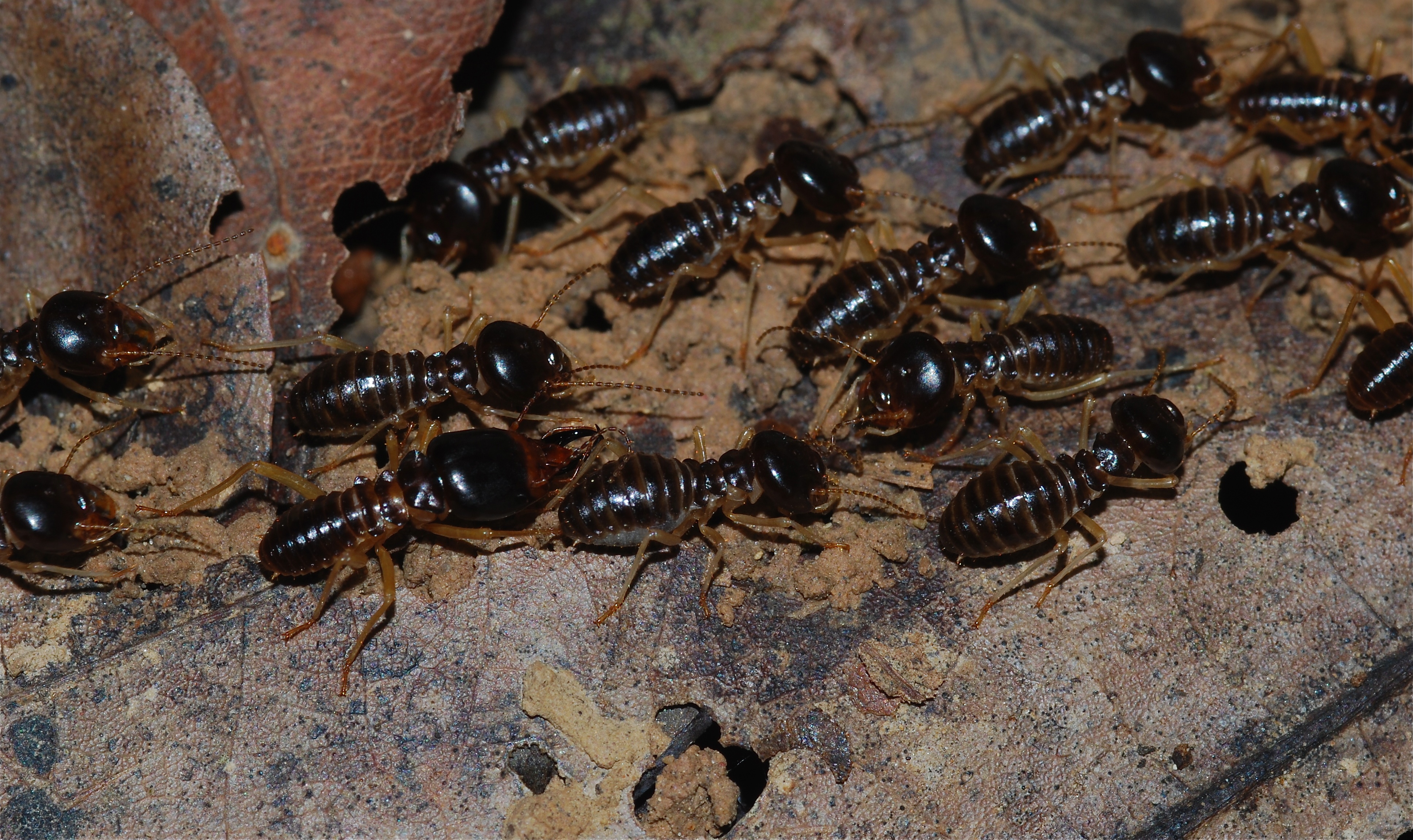
| Prevention | Control |
|---|---|
|
|
Economic Significance of Termites in Africa
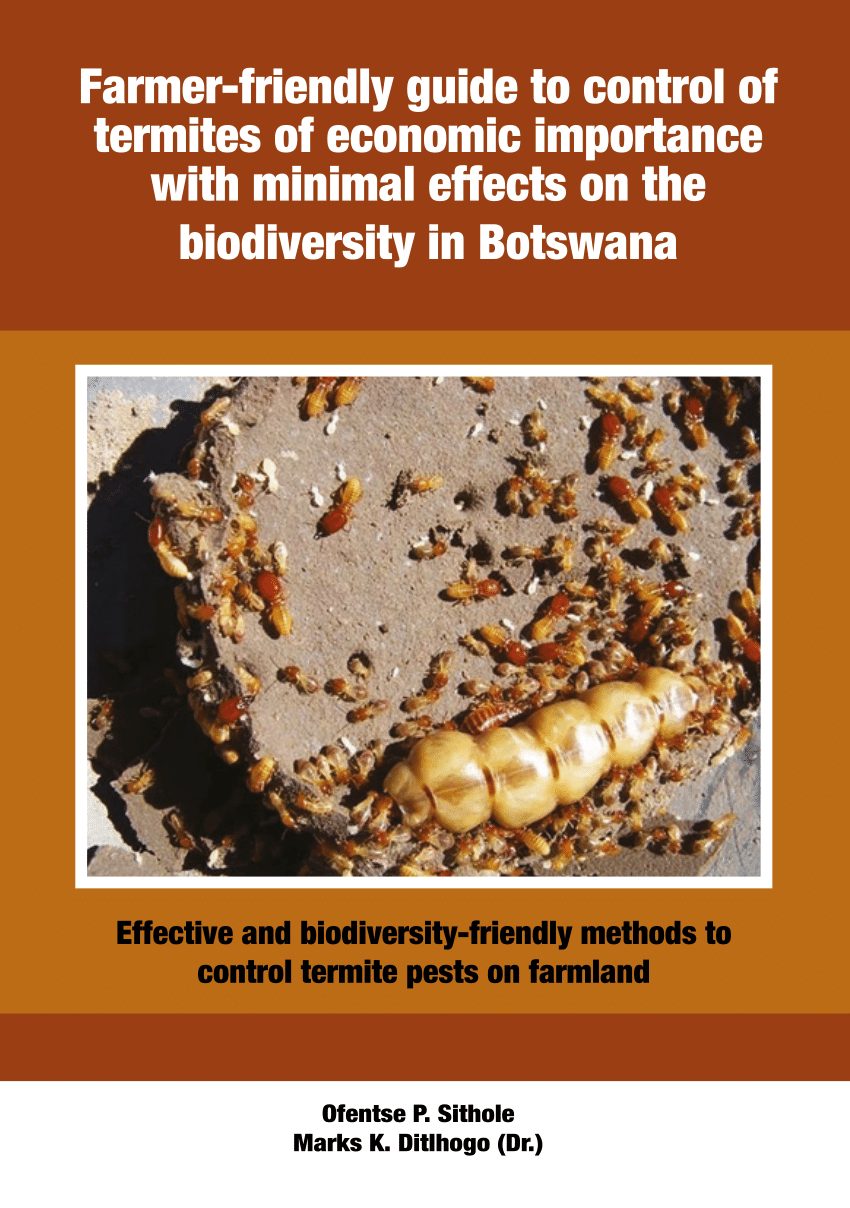
- Termites are important for soil health, as they aerate and mix soil, improve drainage and water infiltration and enhance the fertility of soils.
- Termites create tunnels while they build their mounds, which can help to increase the water table in areas that are prone to drought.
- Termites provide a valuable source of protein for humans and other animals in Africa. They are eaten by many people as a delicacy or as a supplement to their regular diet.
- Termites help to break down plant material, making it available for other animals to consume and helping to cycle nutrients back into the soil.
- Termites can help to reduce the risk of wildfires, as they consume dry plant material before it has a chance to accumulate and become fuel for a fire.
- Termites also help to reduce the risk of flooding, as their mounds can absorb water and slow the run-off of water from heavy rains.
- Termites are also important for local economies, as they are harvested for food, medicine, and for use in construction and building materials.
Role of Termites in the Ecosystem
- Termites help maintain soil fertility by aerating the soil and breaking down organic matter, recycling nutrients back into the soil.
- They also play an important role in controlling soil erosion by creating mounds and tunnels that help to absorb excess water and prevent soil from washing away.
- Termites help to break down woody materials, such as fallen trees and branches, into smaller pieces that can be used as food sources for other organisms.
- Termites are a valuable source of food for many animals, including birds, reptiles, and small mammals.
- They also provide an important food source for humans in some parts of Africa, where they are collected and eaten.
- Termites are an important part of the food chain, providing food for predators, such as ants, and helping to keep the ecosystem balanced.
The Future of Termites in Africa
- A rise in development and urbanization has led to an increase in the destruction of habitats, which has put termite populations in Africa at risk.
- The destruction of their habitats, combined with climate change and human activities, has led to a decline in the number of termites in Africa.
- There is a need to protect and conserve existing termite populations, as well as to create new habitats for them.
- In order to create new habitats, it is important to restore the natural balance of the environment and prevent further destruction of habitats.
- It is also important to educate people about the importance of termites and their role in the environment.
- In addition, governments must ensure that termite populations are not exploited for commercial gain.
- In conclusion, if these steps are taken, there is potential for the future of termites in Africa to be secure.
Frequently Asked Questions
What are the different types of termites found in Africa?
Termites are found in virtually every part of Africa and there are many species present. The most common types include subterranean termites, dampwood termites, drywood termites, and grass-eating termites. Subterranean termites are the most destructive and are found in moist, warm areas, while dampwood and drywood termites are found in dry, warm areas. Grass-eating termites feed on grass and plants and are found in dry areas.
What kind of impact do termites have on the environment in Africa?
Termites play an important role in African ecosystems by helping to decompose dead organic matter and returning nutrients to the soil. They are also an important food source for a variety of animals, including birds, reptiles, and mammals. However, termites can also cause significant damage to crops and buildings, which can have a major impact on the economy and environment. In addition, certain species can spread diseases, such as Ehrlichiosis, which can be harmful to humans and animals.
How can we prevent termites from damaging our homes in Africa?
To prevent termites from damaging homes in Africa, it is important to make sure the home is built with termite-resistant materials. Use pressure-treated wood and concrete or brick foundations that are not prone to decay. Additionally, all wood should be at least six inches away from soil. Inspect the home regularly for signs of termite activity and contact a pest control professional if any is found. Seal any cracks or crevices around the home to prevent termites from entering. Reduce moisture levels around the home by fixing leaking pipes and faucets, and avoid storing firewood or other wooden items near the house. Lastly, use baits and insecticides to control the termite population.
How can we tell the difference between beneficial and destructive termites in Africa?
Destructive termites cause significant damage to buildings and crops in Africa, while beneficial species are essential for maintaining soil fertility and nutrient cycling. To identify the difference between the two types of termites, it is important to look at their nesting habits, diet, and the structures they inhabit. Destructive termites typically nest in and feed on wood, whereas beneficial species tend to nest in the ground and feed on other organic matter. Additionally, destructive species often create visible mounds of soil near the wood they inhabit, and their colonies tend to be larger than those of beneficial species.
What kind of methods can be used to control termite populations in Africa?
In Africa, various methods are employed to manage and control termite populations. These methods range from traditional methods such as cultural practices to modern chemical control methods. Traditional methods involve the use of barriers such as soil, stones, plants and other materials to prevent termite colony expansion. Cultural practices such as crop rotation, burning of crop residues, and the removal of infested wood can also be used to control populations. Modern chemical control methods involve the use of insecticides, termiticides, and baits to kill and eliminate termite colonies. In all cases, these methods should be tailored to the specific termite species and infestation levels to ensure effective control.
Conclusion
Termites are a fascinating species that have a significant impact on the environment in Africa. They play an important role in the natural cycle of life, providing essential nutrients to the soil and helping to maintain healthy ecosystems. They also help to control pest populations, reducing the need for chemical pesticides. The mysterious world of termites in Africa has many secrets still to uncover, and further study may reveal more about their fascinating behavior and the positive effects they can have on the environment.

